The Vikings left an indelible mark on history as they ventured from Scandinavia across seas and continents between the 8th and 11th centuries. Their legacy extends far beyond the stereotypical image of horned helmets and longships, encompassing sophisticated trading networks, remarkable navigational skills, and cultural influences that continue to resonate today. For modern travelers seeking a connection with this fascinating era, numerous routes follow the footsteps and sailing paths of these Norse adventurers.
Here is a list of 20 Viking-inspired journeys that allow you to experience the authentic historical sites, breathtaking landscapes, and cultural heritage of these legendary seafarers.
The Oslo Fjord Explorer
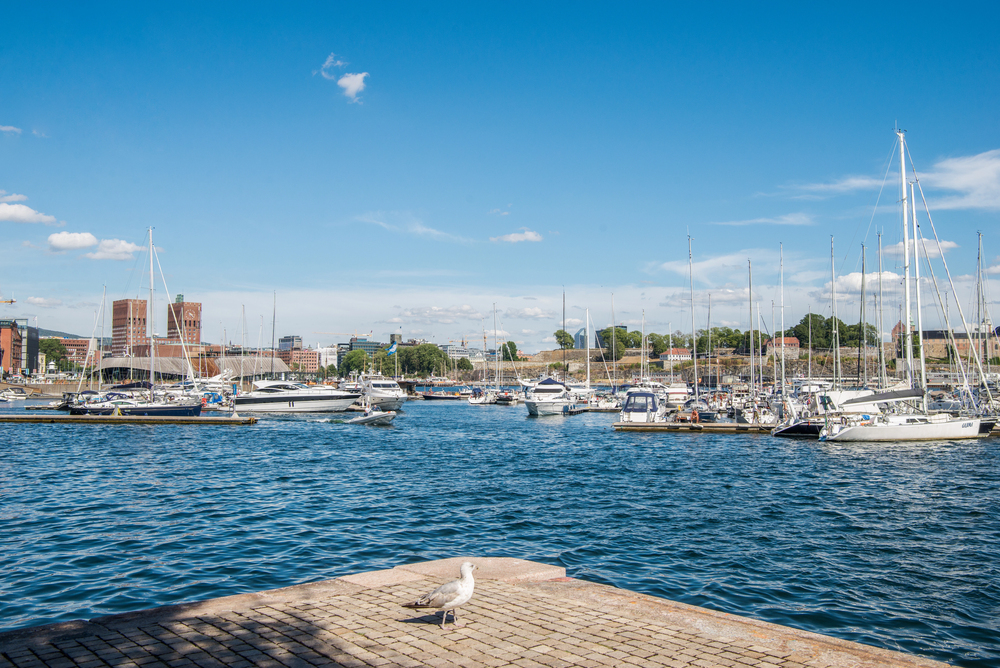
Norway’s capital region offers a concentrated introduction to Viking heritage, beginning with the impressive Viking Ship Museum, which houses perfectly preserved vessels, including the Oseberg ship with its intricate wood carvings. Just outside the city, the Borre National Park contains Scandinavia’s largest collection of burial mounds, where powerful chieftains were laid to rest with their treasures.
The nearby town of Tønsberg, Norway’s oldest settlement, features a full-scale replica of the Oseberg ship that visitors can board to experience life on a Viking vessel.
Iceland’s Settlement Trail
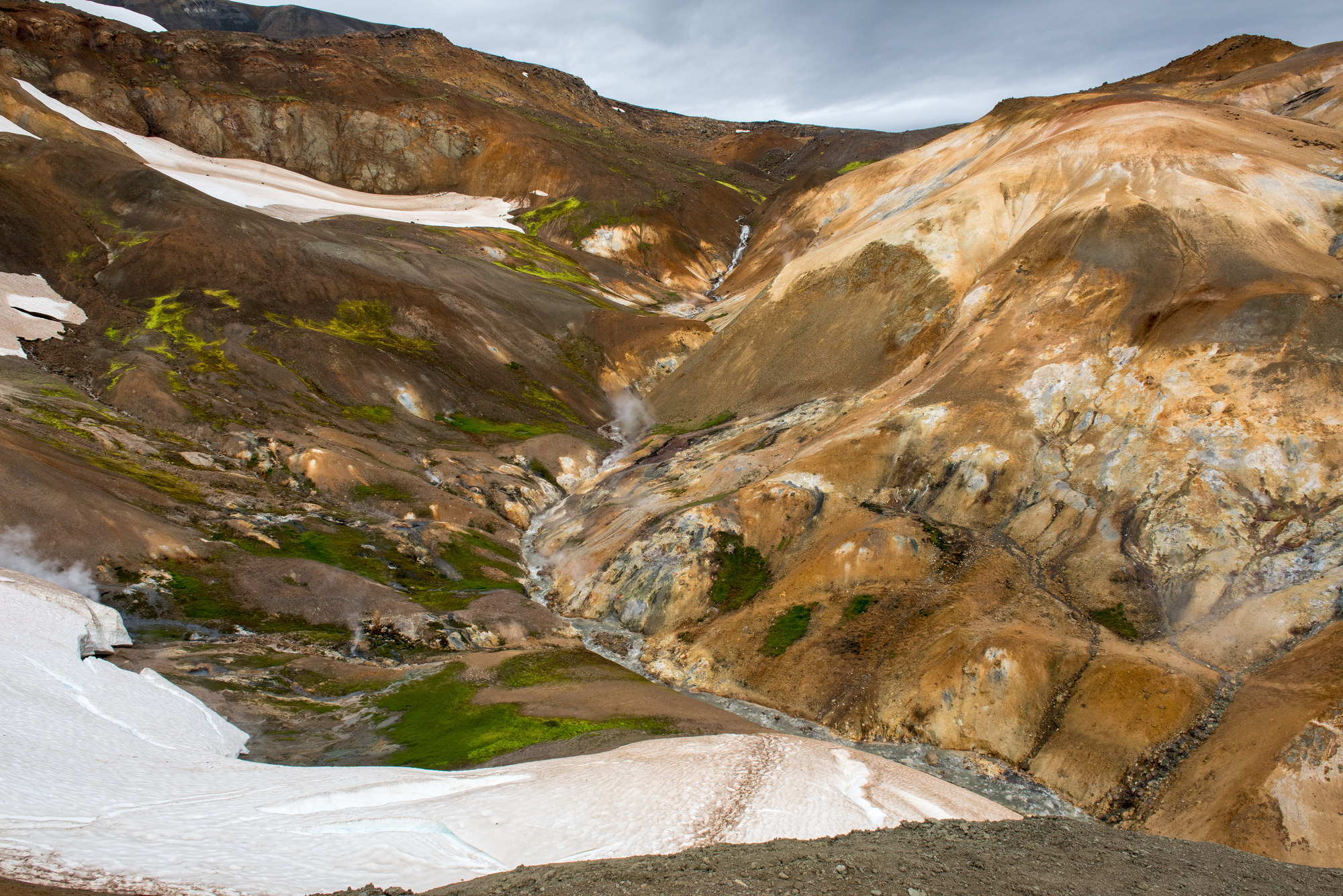
This route traces the island’s first Norse settlements established by Vikings seeking new lands beyond the reach of mainland rulers. The Settlement Exhibition in Reykjavík displays the remains of a Viking longhouse excavated in the city center, complemented by interactive displays explaining daily life during the settlement period.
Further east, the Saga Centre in Hvolsvöllur chronicles the dramatic tales of blood feuds and heroism recorded in Iceland’s famous literary tradition. At the same time, nearby archaeological sites reveal the foundations of early farmsteads built by the original Norse settlers.
Like Travel Pug’s content? Follow us on MSN.
The Swedish Viking Heartland

Centered around Lake Mälaren, this journey explores the epicenter of Swedish Viking culture, where powerful chieftains ruled before the emergence of a unified kingdom. The UNESCO World Heritage site of Birka on Björkö Island functioned as one of northern Europe’s most important trading centers, now featuring an excellent museum and reconstructed village.
Nearby Sigtuna, Sweden’s oldest town, maintains its Viking-era street layout. Uppsala’s royal burial mounds and medieval cathedral built on a pre-Christian sacred site showcase the transition from pagan to Christian society.
The Danish Kings’ Route
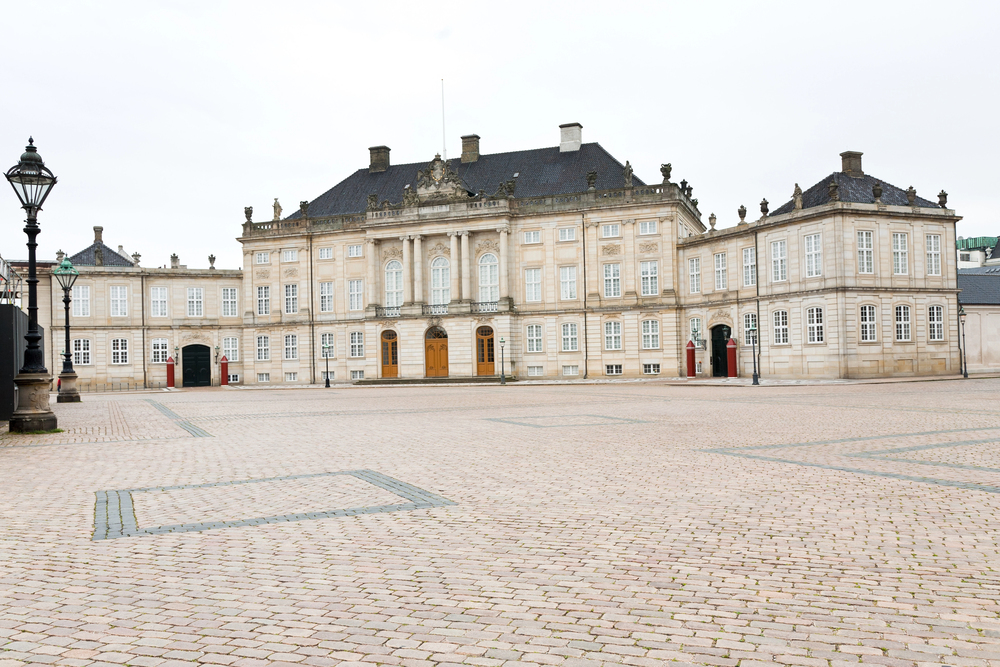
Denmark’s landscape remains dotted with impressive Viking monuments, including the massive ship-shaped stone settings at Lindholm Høje overlooking Aalborg. The journey continues to Jelling, where massive carved runestones commissioned by King Harald Bluetooth proclaim Denmark’s conversion to Christianity and stand alongside enormous burial mounds.
The route concludes at the Trelleborg fortress near Slagelse, one of several perfectly circular military installations that protected royal power during the late Viking Age and demonstrated sophisticated engineering and geometric understanding.
Scotland’s Northern Isles Odyssey
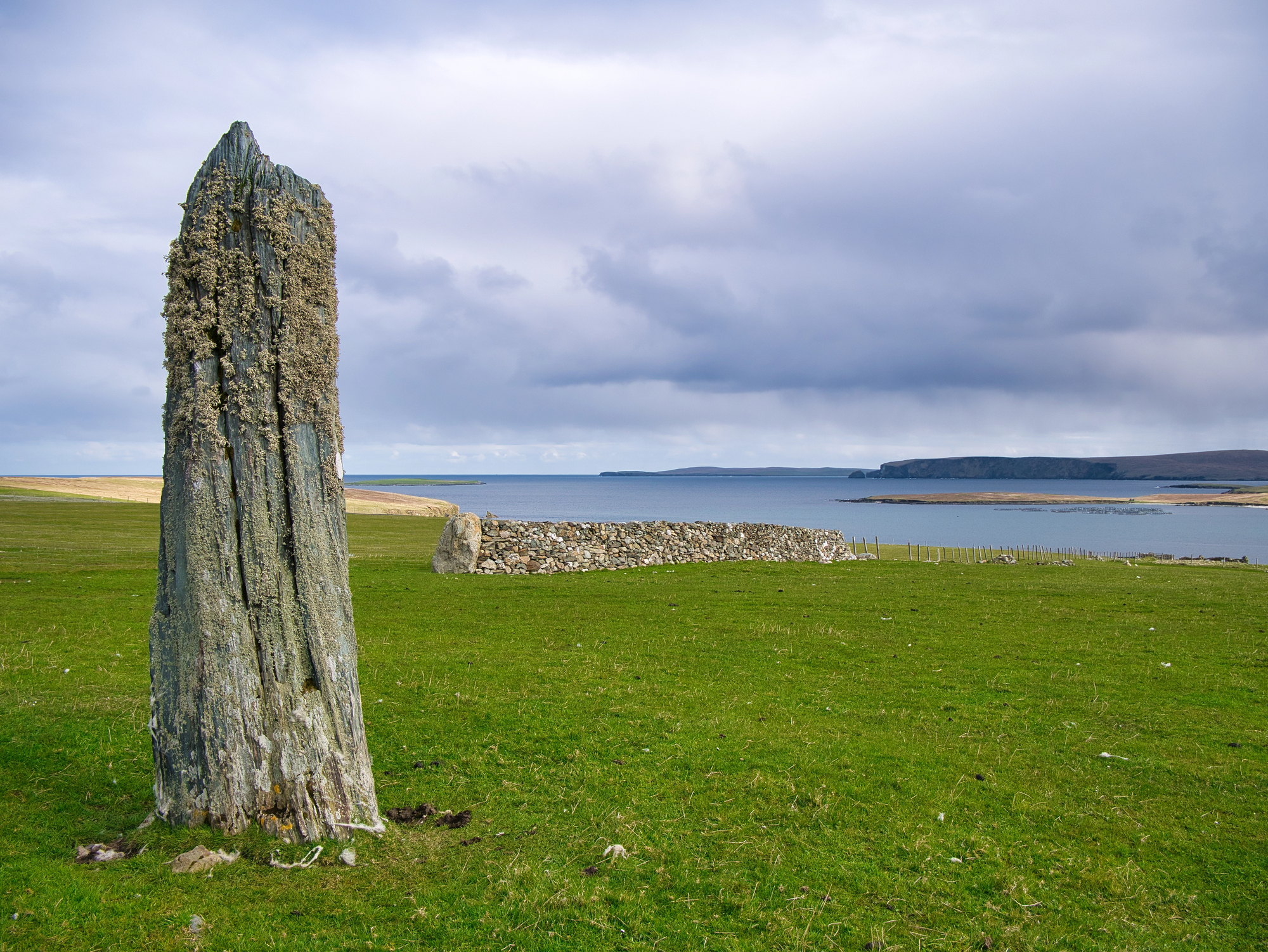
The Shetland and Orkney Islands remained under Norse rule for over 500 years, resulting in a distinctive cultural heritage that blends Scandinavian and Scottish elements. The Shetland village of Haroldswick features a replica Viking ship and longhouse, while the spectacular archaeological site at Jarlshof reveals layers of settlement, including well-preserved Norse farmhouses.
On Orkney, the seaside Brough of Birsay, accessed by a tidal causeway, contains ruins of a Viking settlement alongside earlier Pictish remains, creating a tangible timeline of changing cultures.
Like Travel Pug’s content? Follow us on MSN.
The Kievan Rus Waterway

Following the eastern route of Swedish Vikings known as Varangians, this journey traces the river network that connected Scandinavia to Constantinople (modern Istanbul). Beginning in Stockholm, the route follows the Baltic coast before entering Russia’s river systems, which served as highways for trade and conquest.
The historic city of Novgorod contains archaeological layers revealing extensive Norse presence, including runic inscriptions and characteristic Scandinavian artifacts that demonstrate the Viking role in establishing early Russian states and trading networks with Byzantine and Islamic civilizations.
The Normandy Viking Heritage Trail
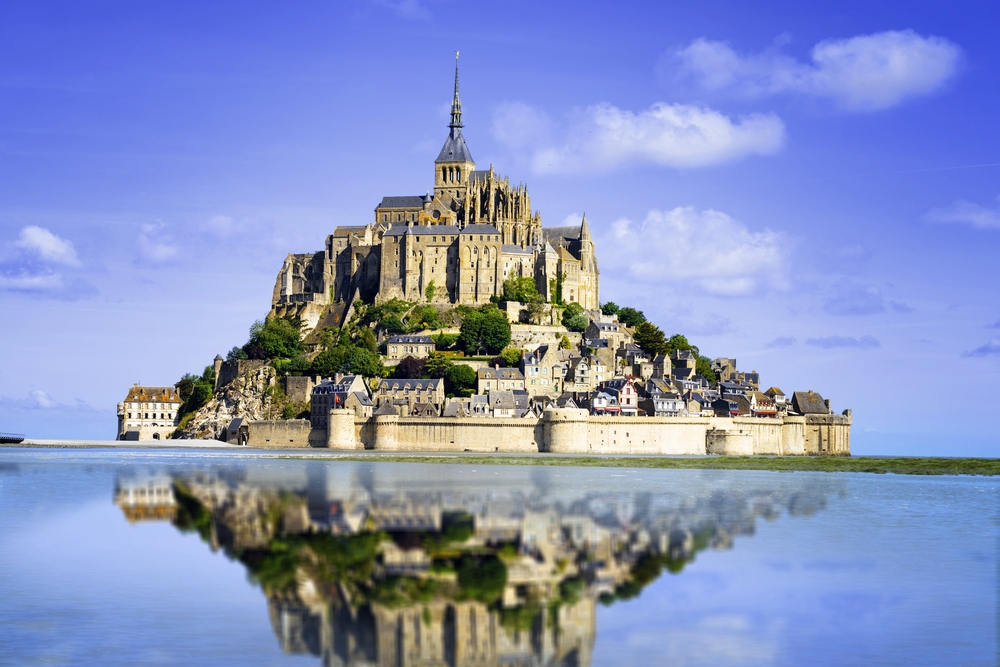
Named for the ‘Northmen’ who settled this region of northern France, Normandy retains numerous connections to its Scandinavian founders. The Bayeux Tapestry, though depicting the later Norman Conquest of England, illustrates ships and warriors equipped in a distinctly Viking style.
The town of Rouen, along the Seine, served as an important Viking base before becoming the capital of the Norman duchy. At the same time, coastal settlements like Jumièges preserve ruins of abbeys that were repeatedly raided before the Norse settlers themselves converted to Christianity and became their protectors.
The Dublin Viking Circuit
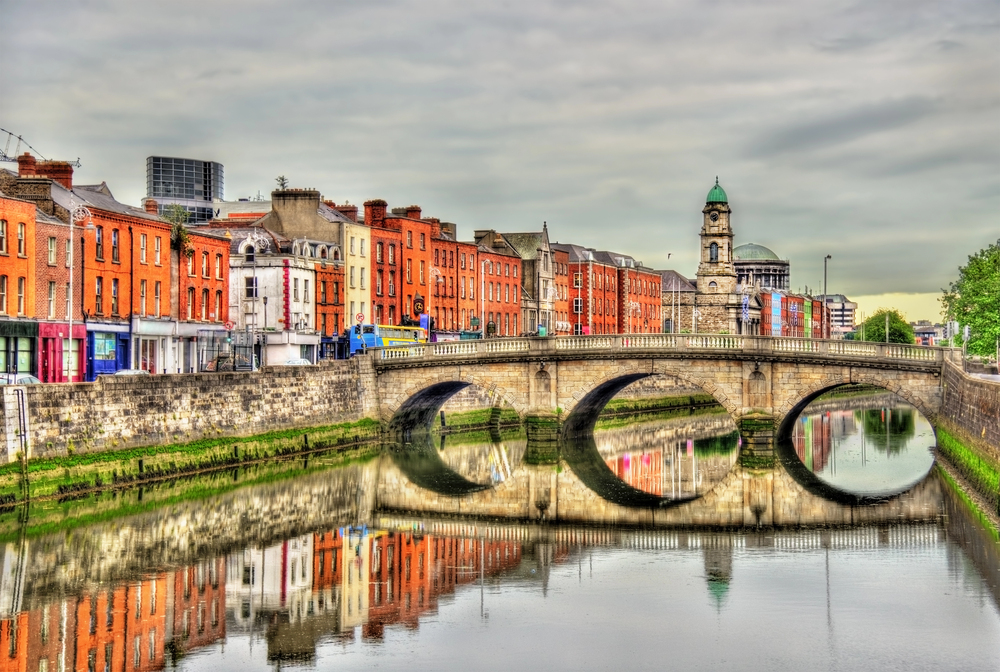
Ireland’s capital originated as a Viking longphort (ship base) established at a strategic point where the River Liffey meets the Irish Sea. The excellent Dublinia exhibition brings this period to life through reconstructions and artifacts, while archaeological remains displayed beneath the city streets reveal actual structures from the Norse settlement.
A short journey north to Annagassan in County Louth reveals a recently discovered longphort site where archaeologists have uncovered extensive evidence of Viking shipbuilding, crafts, and trading activities dating from the earliest phases of Norse activity in Ireland.
Like Travel Pug’s content? Follow us on MSN.
The Faroe Islands Sea Route
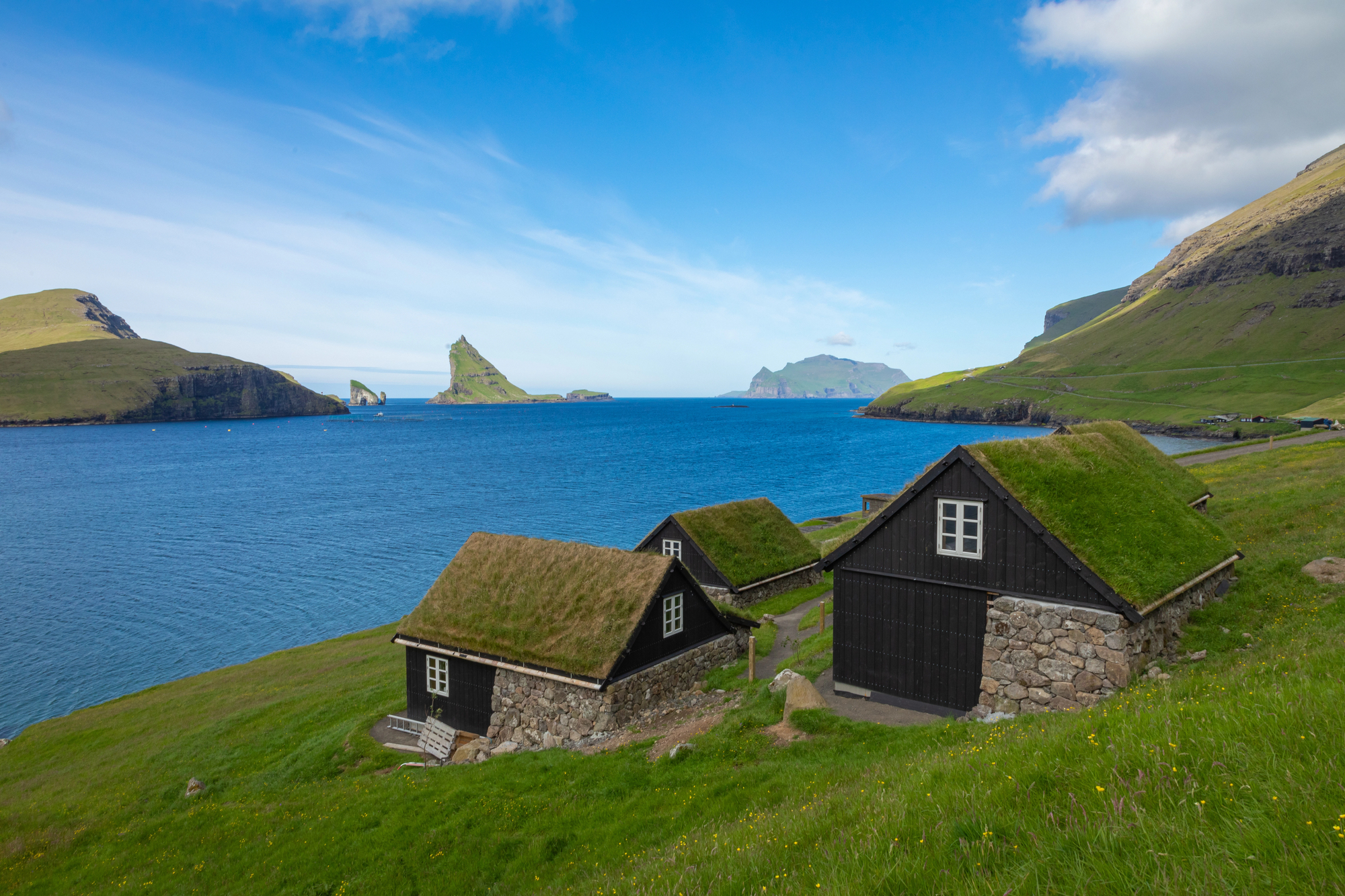
This remote North Atlantic archipelago midway between Norway and Iceland served as an important waypoint for the Vikings’ master navigation of the open ocean. The picturesque village of Kvívík on Streymoy Island features excavated remains of Viking longhouses and barns typical of early Norse settlements.
The medieval Kirkjubøur episcopal complex includes the ruins of St. Magnus Cathedral and the still-standing Kirkjubøargarður farmhouse, reputed to be the oldest continuously inhabited wooden house in Europe, connecting visitors directly to the islands’ Norse heritage through lived architectural tradition.
The York Viking Way
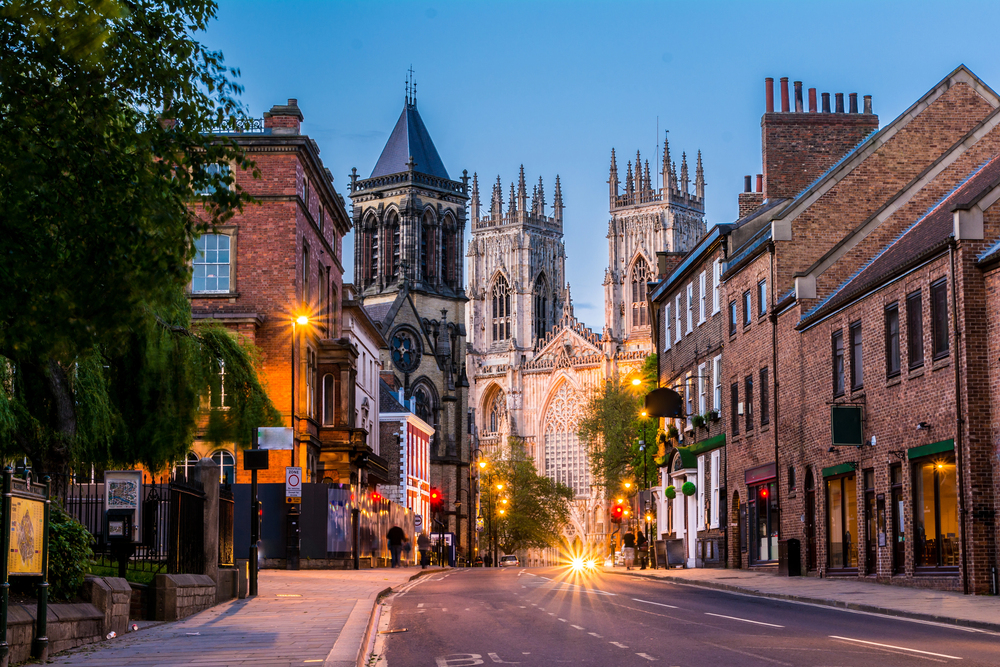
The city known to Vikings as Jórvík became a flourishing trade center under Norse rule, leaving archaeological treasures preserved in oxygen-free conditions beneath York’s medieval streets. The JORVIK Viking Centre famously reconstructs the sights, sounds, and even smells of the Viking town based on actual excavations at Coppergate.
Just outside the city, the village of Stamford Bridge marks the site of the 1066 battle where King Harald Hardrada of Norway was defeated just days before the famous Battle of Hastings, representing the last major Viking attempt to conquer England.
The Finnish Viking Coast
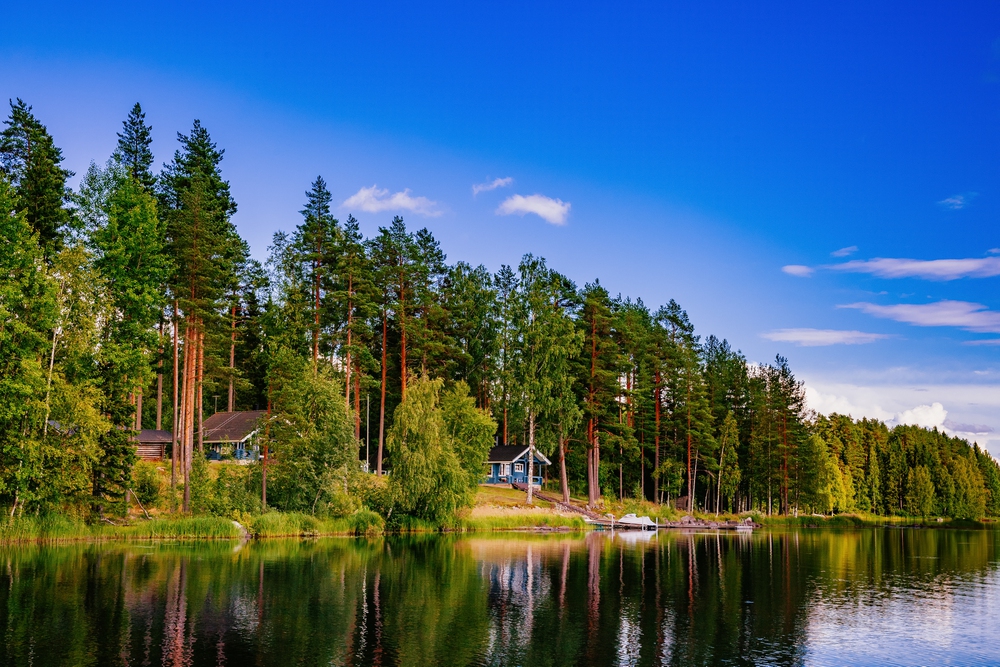
Though not traditionally considered Viking territory, coastal Finland saw extensive Norse activity and influence. The Rosala Viking Centre on an island in the Archipelago Sea offers a fully reconstructed Viking village where visitors can try traditional crafts and cuisine.
Nearby archaeological sites on Åland and along the southwest Finnish coast reveal evidence of trading posts and cultural exchange between Vikings and local Finnic peoples. The National Museum in Helsinki displays impressive silver hoards buried during this period, indicating both the wealth generated by trade networks and the periodic instability that prompted treasure concealment.
Like Travel Pug’s content? Follow us on MSN.
The Greenland Norse Settlements
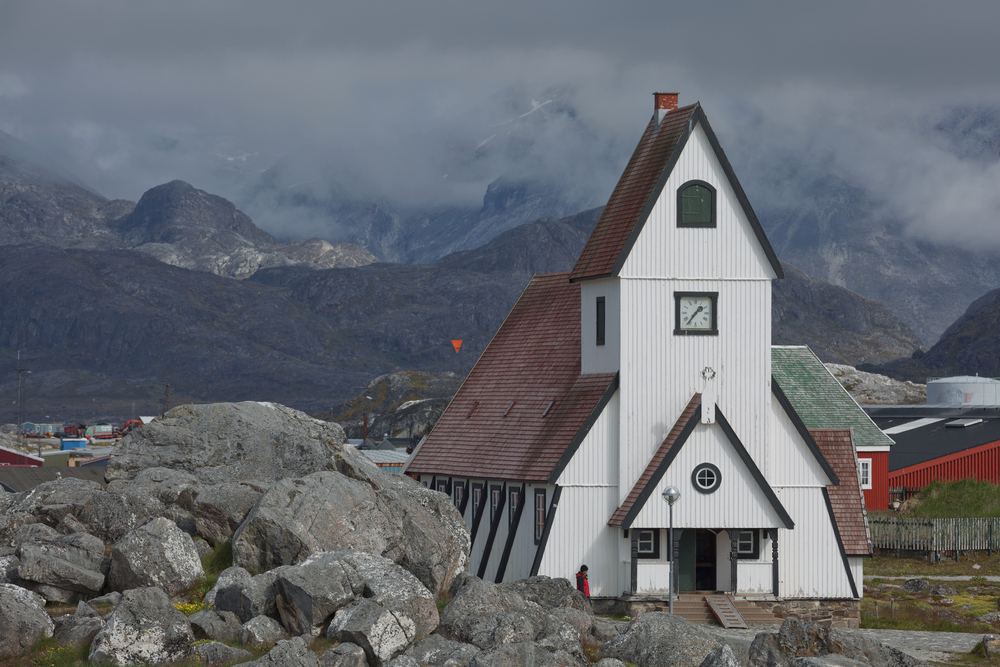
Erik the Red’s colony represents one of the most ambitious Viking expansion efforts, thriving for nearly 500 years before mysteriously disappearing. The remarkably preserved ruins at Hvalsey feature a stone church where the last documented event of the Norse colony—a wedding in 1408—took place before communication with Europe ceased.
The reconstructed Tjodhild’s Church at Brattahlid (modern Qassiarsuk) stands where Christianity was first introduced to Greenland, alongside ruins of Erik’s farm and replicas of Norse buildings that demonstrate how settlers adapted Scandinavian building traditions to this challenging environment.
The L’Anse aux Meadows Expedition

The only confirmed Viking site in North America sits at the northern tip of Newfoundland, representing the culmination of Norse exploration westward across the Atlantic. This UNESCO World Heritage site features archaeological remains of eight buildings from a small settlement established around 1000 CE, likely the mysterious ‘Vinland’ mentioned in Norse sagas.
Reconstructed buildings staffed by costumed interpreters demonstrate daily activities from ironworking to cooking, helping visitors understand the brief Norse presence in North America that predated Columbus by nearly 500 years.
The Baltic Traders’ Circuit
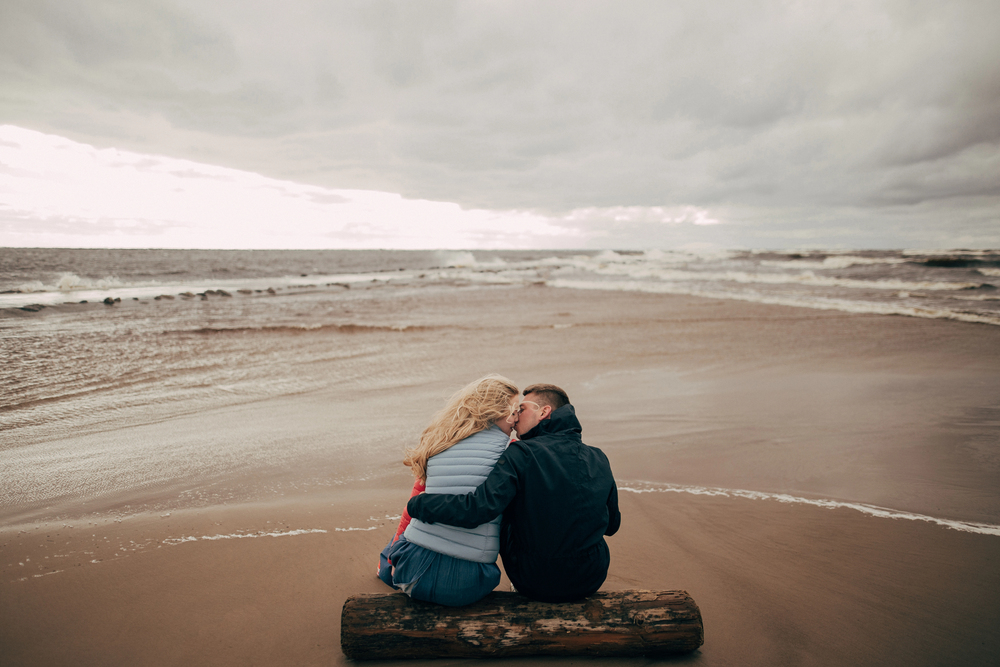
This maritime route connects trading centers around the Baltic Sea, which formed a commercial network during the Viking Age. The island of Gotland, with its main town of Visby, functioned as a central hub where massive silver hoards discovered by farmers over centuries reveal the island’s prosperity.
The route continues to Wolin in Poland, the site of the legendary Jomsborg Viking stronghold and now home to a major Viking festival, then to Truso near modern Elbląg, where archaeological work continues to uncover evidence of multicultural trading communities that connected Viking networks to Central European markets.
Like Travel Pug’s content? Follow us on MSN.
The Outer Hebrides Norse Heritage Trail

These Scottish islands contain numerous sites reflecting 400 years of Norse political control and lasting cultural influence. The Lewis Chessmen, intricately carved walrus ivory chess pieces discovered on the Isle of Lewis, represent the finest Viking Age artwork found in Britain and demonstrate sophisticated cultural connections.
Place names throughout the islands preserve their Norse origins. At the same time, archaeological sites like the Bosta Iron Age House on Great Bernera include Viking layers that show how Norse settlers integrated into existing communities and adapted to local conditions while maintaining connections with Scandinavia.
The Rhine River Viking Path
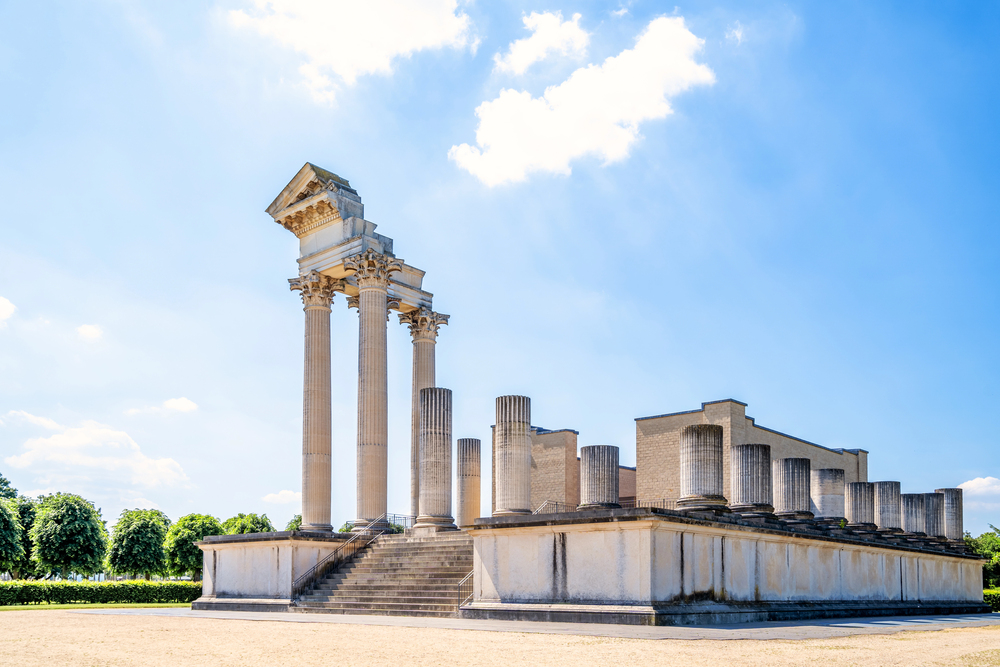
Following Viking raiding routes into the heart of the Frankish Empire, this journey traces Norse activities along one of Europe’s most important waterways. The town of Xanten in Germany, once a significant Roman settlement, suffered repeated Viking raids before Emperor Otto I finally defeated the Norse incursions in 944 CE.
Further upriver, Mainz Cathedral houses treasures that survived Viking attacks on this important ecclesiastical center. At the same time, museums display defensive structures and weapons that were developed specifically to counter the Norse threat, showing how Viking activity reshaped European military architecture and technology.
The Volga River Trade Route
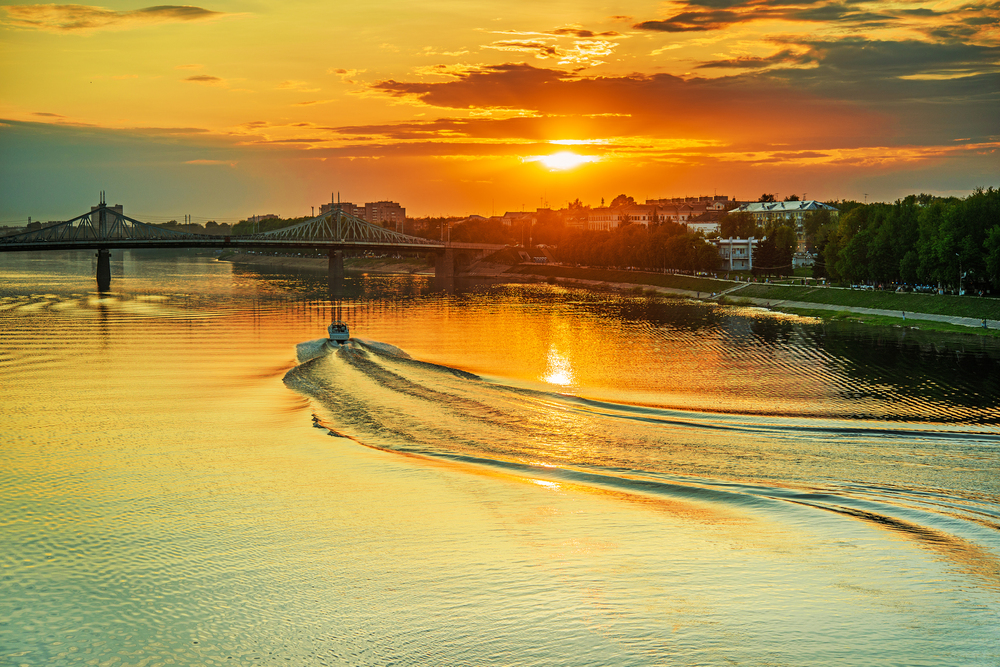
This eastern path follows the route taken by Norse traders seeking silver from Islamic lands and exotic goods from as far as China. Beginning in the Baltic, the route requires portaging between river systems to reach the Volga, which flows southward to the Caspian Sea.
Archaeological sites near modern Ryazan and Yaroslavl in Russia have yielded Scandinavian artifacts alongside Islamic coins, demonstrating the international character of this trade network. The route terminates at Atil (near modern Astrakhan), the capital of the Khazar Empire, where Vikings traded furs, honey, slaves, and walrus ivory for silver, spices, and silk.
Like Travel Pug’s content? Follow us on MSN.
The Vestfold Viking Coast
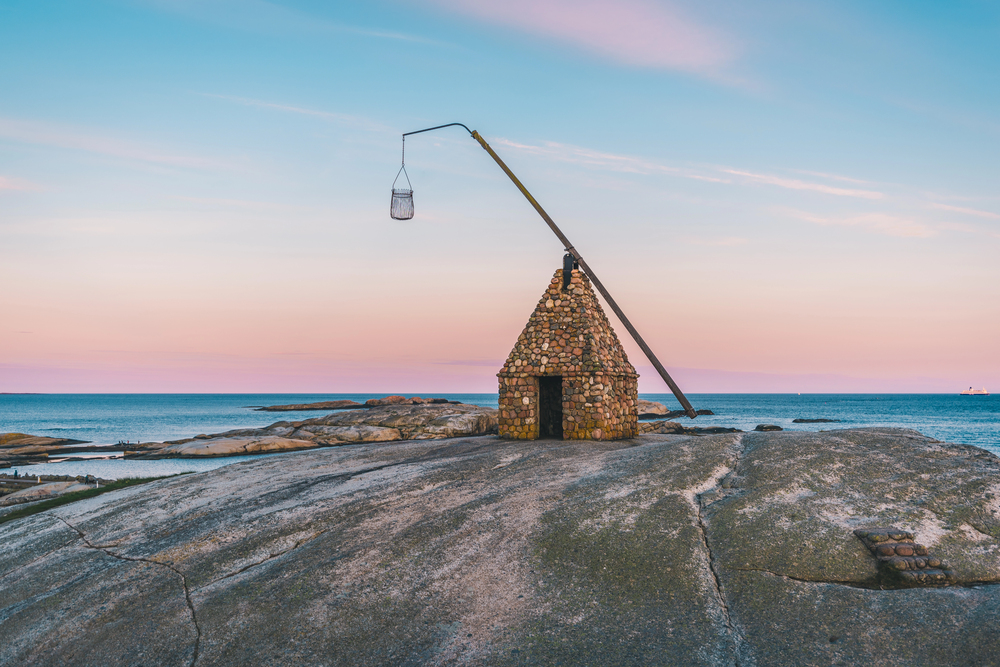
Norway’s Vestfold region contains an extraordinary concentration of archaeological sites from the height of Viking power. The Gokstad and Oseberg ship burials discovered here represent the most spectacular Viking Age finds ever unearthed, while the Borre burial ground contains massive mounds for generations of chieftains.
Modern museums at Kaupang, Norway’s first town, and Tønsberg display artifacts from archaeological excavations and explain the sophisticated craftsmanship and trading activities that financed the famous raids abroad, providing a more balanced understanding of Viking society beyond its warrior aspects.
The Way of St. Olav
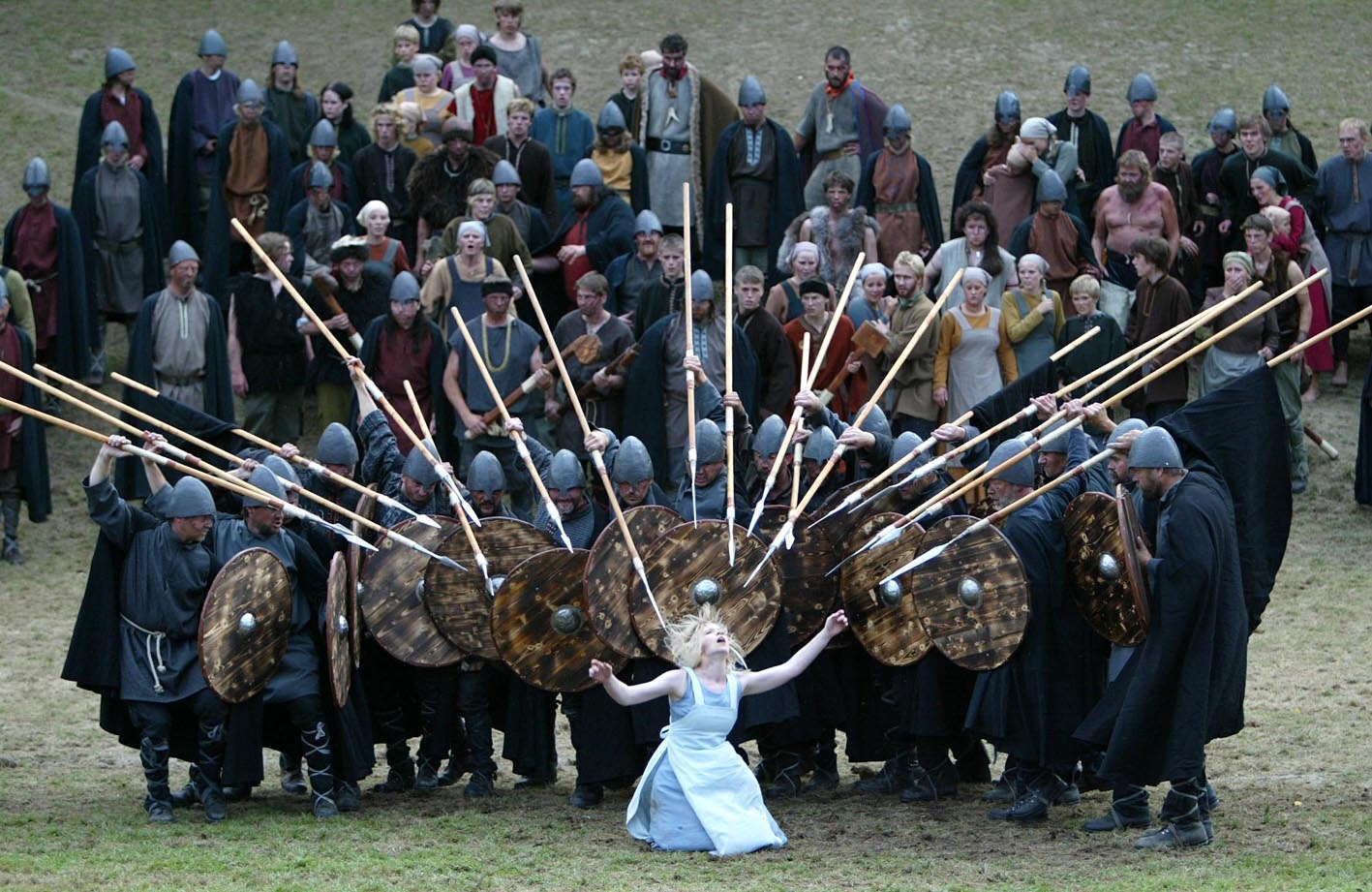
This historic pilgrimage route traces the journey of Olav Haraldsson, the Viking king who brought Christianity to Norway before being martyred and declared a saint. Beginning in Oslo, various paths cross the mountains to converge at Trondheim’s magnificent Nidaros Cathedral, built over St. Olav’s burial place.
The route combines natural beauty with historic sites related to the complex transition from pagan Viking culture to Christian medieval society, including ruined churches, ancient road sections, and places mentioned in the sagas documenting Olav’s life and posthumous miracles that firmly established Christianity in Scandinavia.
The Western Isles Voyage
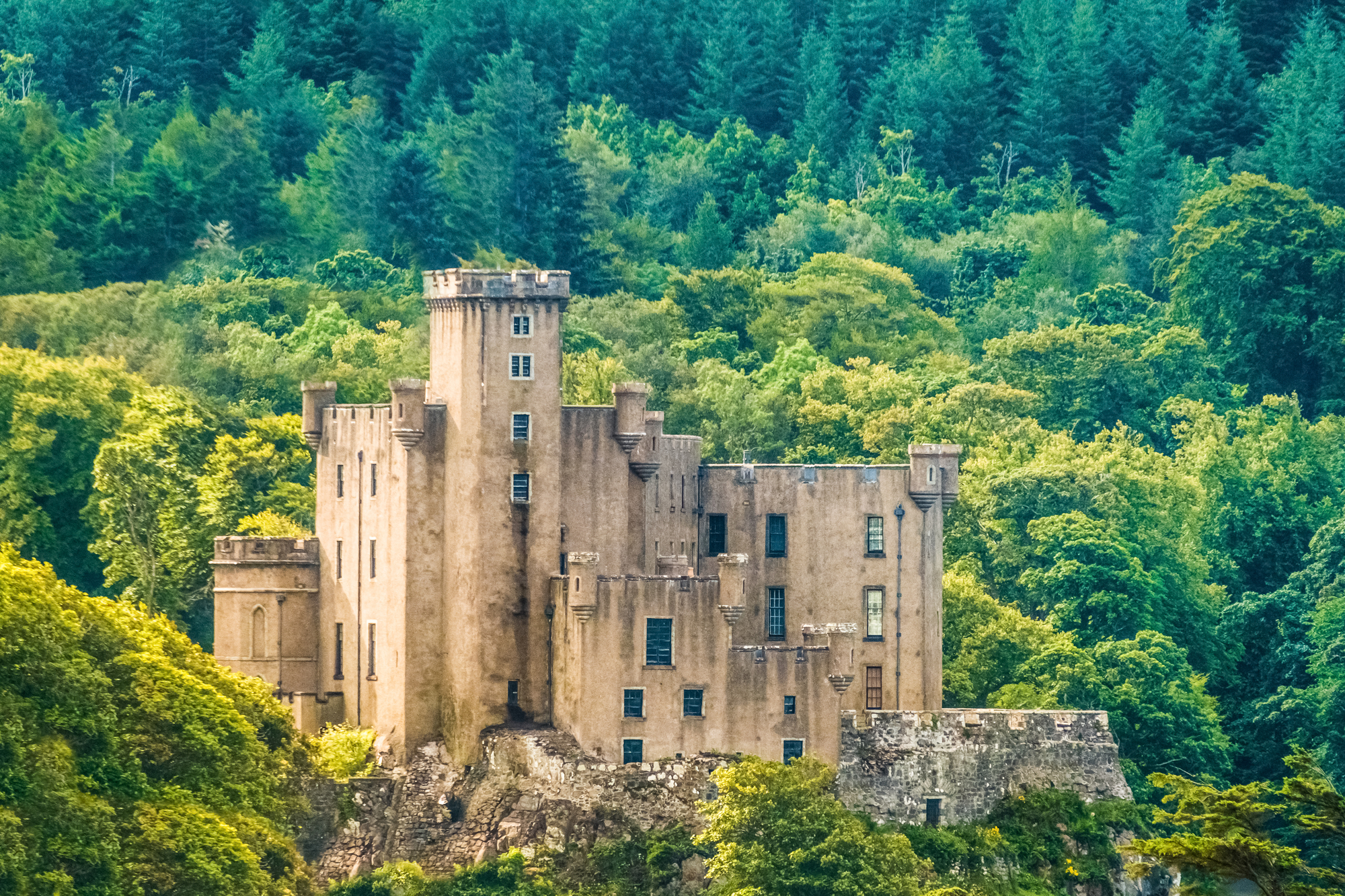
This sea journey follows Norse shipping routes through the islands west of Scotland that formed the heartland of the Viking realm in the Irish Sea. The Isle of Man contains exceptional examples of Norse crosses that blend Scandinavian artistic styles with Celtic Christian traditions, demonstrating cultural fusion rather than simple conquest.
Continuing to the Isle of Islay, travelers find place names and archaeological remains revealing the lasting Norse influence. At the same time, coastal features mentioned in Viking sagas allow modern visitors to navigate using the same landmarks as Norse seafarers did over a millennium ago.
Like Travel Pug’s content? Follow us on MSN.
The Norse Legacy Lives On
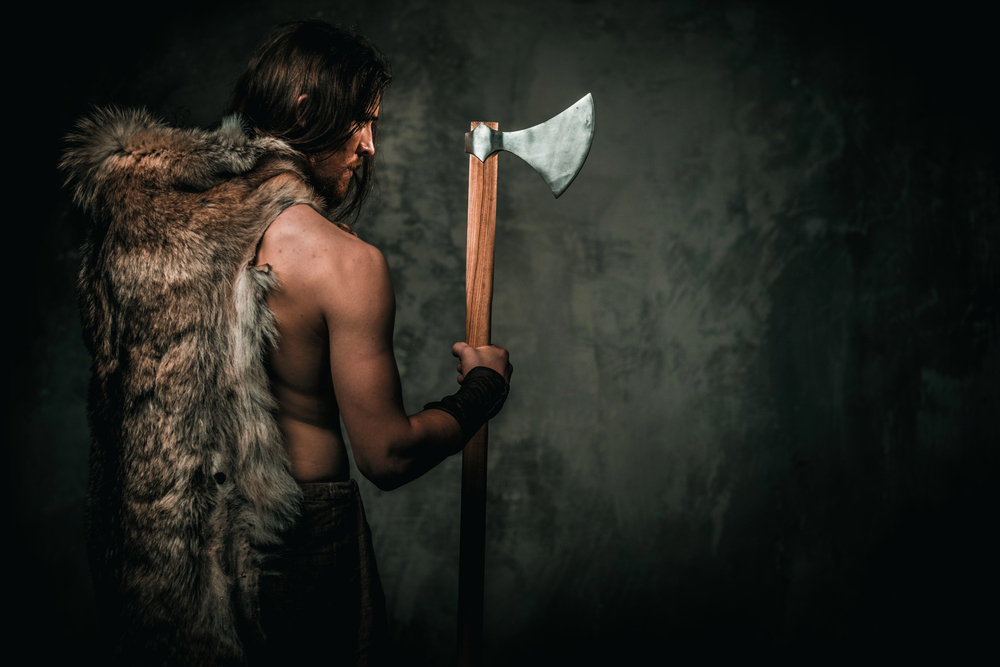
These Viking-inspired travel routes offer far more than simple historical tourism. They connect modern travelers with a fascinating period when unprecedented mobility and cultural exchange reshaped Europe and beyond. The Norse legacy lives on not just in archaeological sites but in place names, linguistic influences, artistic traditions, and even modern political institutions that have roots in Viking Age innovations.
Following these ancient paths provides both physical adventure and a deeper understanding of how Norse explorers, traders, raiders, and settlers helped create the interconnected world we inhabit today. It reminds us that the Viking spirit of discovery continues to inspire our own journeys of exploration.
More from Travel Pug

- Cities Growing so Fast You Won’t Recognize Them in 10 Years
- 13 Destinations Where Tourists Regularly Regret Their Trip
- 20 Obscure WWII Sites Even History Buffs Don’t Know About
- 10 Under-the-Radar Mountain Towns That Are Both Affordable and Beautiful
- Remote Villages in Europe Where You Can Live for Free in Exchange for Work
Like Travel Pug’s content? Follow us on MSN.
